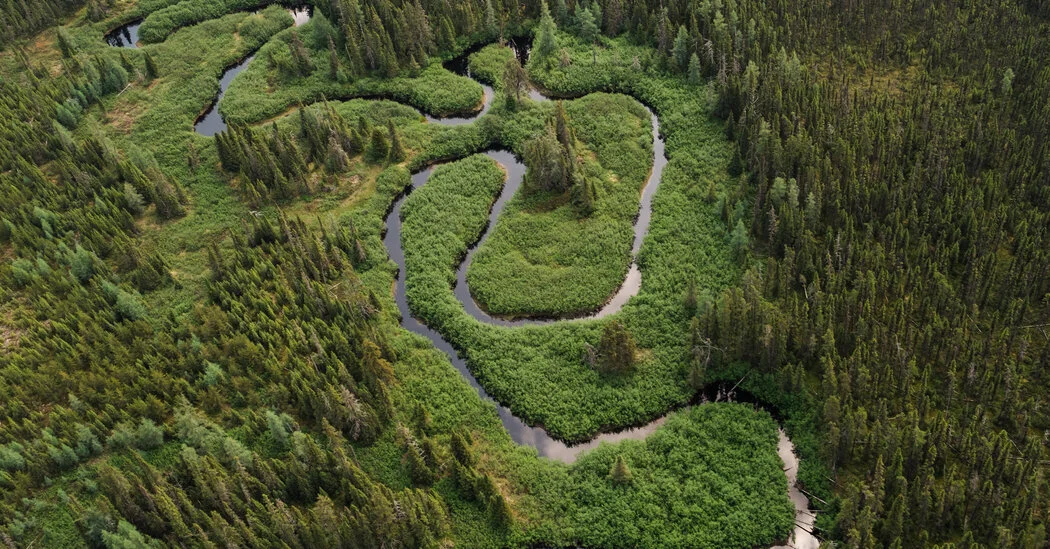Well, of course they are.
The region now called Canada was colonized strictly for resource extraction, most exemplified by the Hudson’s Bay Company and the Northwest Company, both still in operation. (HBC, NWC)
That heritage leads to, among other things, a normalization of foreign ownership of resource extraction companies and a preference for exporting raw materials instead of building out our own manufacturing sector. It also makes it almost impossible to have a reasonable discussion that might lead to effective controls on any extractive industry.
in Canada they are still allowed to drive those 2004 Peterbilt trucks that run with no emissions controls (no dpf, no euro 7 emission standands: just plain, NOx rich, diesel exhaust gases straight to the atmosphere). If anything, it would help to boycott canadian products.
This is a tough nut to crack. I am pretty sure Canada uses revenue from logging and mining to help pay for healthcare. This makes it difficult to curb logging and mining.
I wish! Resource extraction profits, in general, are rising faster than the rate of inflation, yet health care is being gutted across the board.
Logging is about $12 billion/year against a total revenue of $422 billion.
Tiny as compared with other sources.
$12 billion/yr is not tiny.
I lived in BC for many years, many Canadians put up with the “bad haircut” and things like Highland Valley Copper because they help fund healthcare and other services. I’m not saying this is good, it’s just how it is. You don’t need to convince me, I think BC should stop logging full-stop and am amazed they still log old-growth.
There are specific communities where it’s a big deal, but it’s 3% of Canadian federal revenue. That’s replaceable
Unlike the US, Canadian logging companies pay a stumpage fee which goes into planting new trees so there’s no clear cutting. Even the article says the forests aren’t being completed reduced so the concern seems unwarranted.
Not saying they can’t do a better job but the article reads like a hit piece.
That would make sense if you were talking about a stable existing system of managed timberlands. When you convert virgin forest to managed timberlands, you are on net dumping a whole lot of CO2 into the atmosphere. And Canada is still doing that at scale.
No. As long as the timber isn’t being burned, the CO2 is still in the wood.
The rain forest is being clear-cut for farming and those trees won’t even come back.
The US doesn’t even have to replant trees so they can potentially lose forests forever.
Then consider how much drier and hotter it’s getting which causes forest fires to burn out of control. That’s happening everywhere so CO2 is being released em masse.
But yeah, let’s focus on how Canada’s timber industry isn’t perfect.
As long as the timber isn’t being burned, the CO2 is still in the wood.
Hardly.
A big chunk ends up in slash piles because it’s not marketable timber. Maybe 30% of the embedded carbon.
Another big chunk ends up as short-lifetime paper products, where it ends up back in the atmosphere.
More ends up as wood pellets to be burned.
Some residual amount ends up as long-lifetime products which keep the carbon out of the atmosphere.
Expansion of the area which is used for timber needs to end in Canada like it does everywhere else.
You can argue all you want but it seems you don’t know much about Canada’s lumber industry and I don’t have the time or need to argue with a right-fighter.
I’m very confused by this statement; it sounds like you don’t know the first thing how trees get used.



